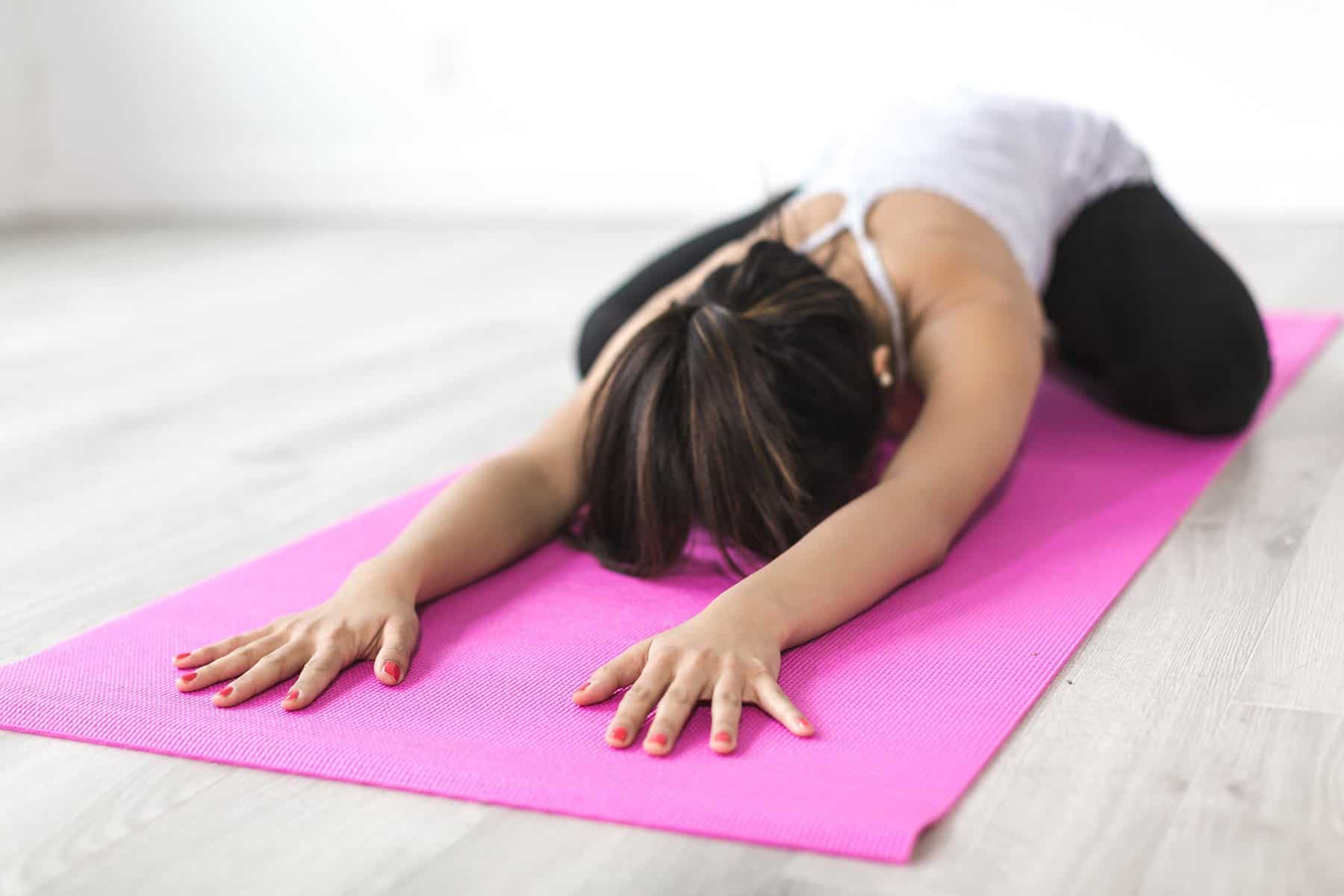
My first Bible lessons were taught in 2-D—flannel storyboards with cartoonish paper-cutout versions of Queen Esther and Baby Jesus. Everyone in the Bible was white, a generic Eastern European shade of nude, and everyone moved across the same flat plane of the flannel board.
Jesus’ resurrection had to make the jump into a multidimensional world and come alive in my imagination. Where was the Jesus who ate with sinners and threw shade at the religious leaders of the day? What was it like to see people healed from blindness and disease? What did people whisper when they realized that an unclean, bleeding woman had walked freely in the crowd, only to be healed and called “daughter” by Jesus? What did Jesus mean when he said he could feel the power leave his body?
Very few people in my childhood seemed interested in asking those questions. Instead, I was encouraged toward a type of blind faith that claimed belief in miracles but was insufficient to help me explore how mind, body and spirit are real and interrelated.
Yet I was curious, and I hungered to connect my mental, physical and spiritual experiences both inside and outside the church. The yearning intensified as my children reached school age and the physical demands of parenting shifted, giving me time and space to feed my craving for both prayerful stillness and vigorous activity. I would go from praying silently over coffee to sweating in a cardio class with a pounding bass line and loud encouragement from the instructor. At church, I would murmur the Lord’s Prayer while planted in the pew, only moving to greet others during the passing of the peace.
And then yoga came to me.
This is a common phrase among practitioners of yoga, and it is similar to the way evangelicals describe their conversion stories: God chases after us—God comes to us—and then we find God.
The schedule at the gym had changed, and yoga was available when I usually exercised. It felt strange for me to be invited in a gym to sit quietly, to listen to my breath and to try to silence the voices in my head that demand attention. We are invited to do this at church for moments, but not for an entire hour.
Yoga has now been a part of my physical and spiritual disciplines for almost a decade. The loud, bass-driven soundtracks to weight training, kickboxing and other cardio classes remain, but over the years they have taken a back seat to yoga.
The challenge of confining myself to a small space and maintaining silence was not new. As a Christian, and particularly as an evangelical, prayer—usually silent—is meant to be a daily practice. Though not confined to a physical mat, “quiet time,” the practice of praying alongside reading the Bible, is meant to be done in the still of the morning, before the busyness of the day. If I could pray in my head and listen to God in silence, why was I so afraid to listen to my breath?
If I could pray in my head and listen to God in silence, why was I so afraid to listen to my breath?
Some of my evangelical friends were curious and concerned about the Eastern religious roots of yoga. But perhaps because I am Korean-American—a child of immigrants whose folk medicine and cultural traditions do not mirror those of the Western evangelical church—I was less concerned about inviting evil and more concerned that my U.S.-centric faith had lost some of the spiritual formation practices familiar to Jesus.
My yoga practice continued to evolve, not only in the physical poses, but in the way my soul and body craved the centering, peace and stillness that came first in being on the mat and then transferred into my daily life. When I lost my breath as I moved through my day—when I became lost in my mind—I learned to stop and notice, quiet the thoughts and self-critique, and be present to God.
The yoga practiced in the U.S. is not unlike our brand of embodied faith. It is limited. It is deeply influenced by Western values and norms. There is a movement in the American yoga world to make sure it is accessible to a diversity of people—diverse in race, ethnicity, gender, class and body type.
The conversations among yoga teachers about diversity, influence, access and power are not that far removed from those happening in evangelical spaces. Being deeply invested in those conversations pushed me to pursue training as a yoga teacher, with the aim of deepening my physical and spiritual practices both on and off the mat and somehow translating those into my Christian faith and my experience in the pews.
I wondered about my faith and how I articulated and embodied my evangelical beliefs as I sat through my first training session—10 days with 10 strangers learning not only about the asanas, the physical poses most people associate with yoga, but also about meditation, energy fields within and outside the body, and the philosophy of nonviolence to oneself and the world.
I’ve been an evangelical and an American long enough to know that plenty of people see yoga only as exercise or an excuse to wear spandex, while others see it as a gateway to Hindu worship. I don’t want to remove completely the cultural and religious roots of yoga, but I am not yet sure what that will mean in practice. I grew up with folk and Eastern medicine. For instance, after childbirth, I was told not to drink or touch anything cold, because my body was “hot”—even as my parents and in-laws prayed Christian prayers over my newborns.
Where are those clear lines between Christian and non-Christian when your culture intersects worlds that Western evangelicalism doesn’t even imagine?
Where are those clear lines between Christian and non-Christian when your culture intersects worlds that Western evangelicalism doesn’t even imagine? I wasn’t sure what to think about chakras, the seven basic energy fields within the body, but as a Christian who says she believes the power of the Holy Spirit moves in and through me, was it such a stretch to consider that there were fields of energy I did not see or understand?
So I’m training to become a yoga teacher with no set plans about what that means, except to return to my breath, my body, my faith.
Kathy Khang is a writer, speaker, and coffee drinker based in the north suburbs of Chicago. You can connect with Kathy on her blog, on Facebook, on Twitter, and on Instagram. This article was first published in Faith & Leadership and is reprinted here by permission.


